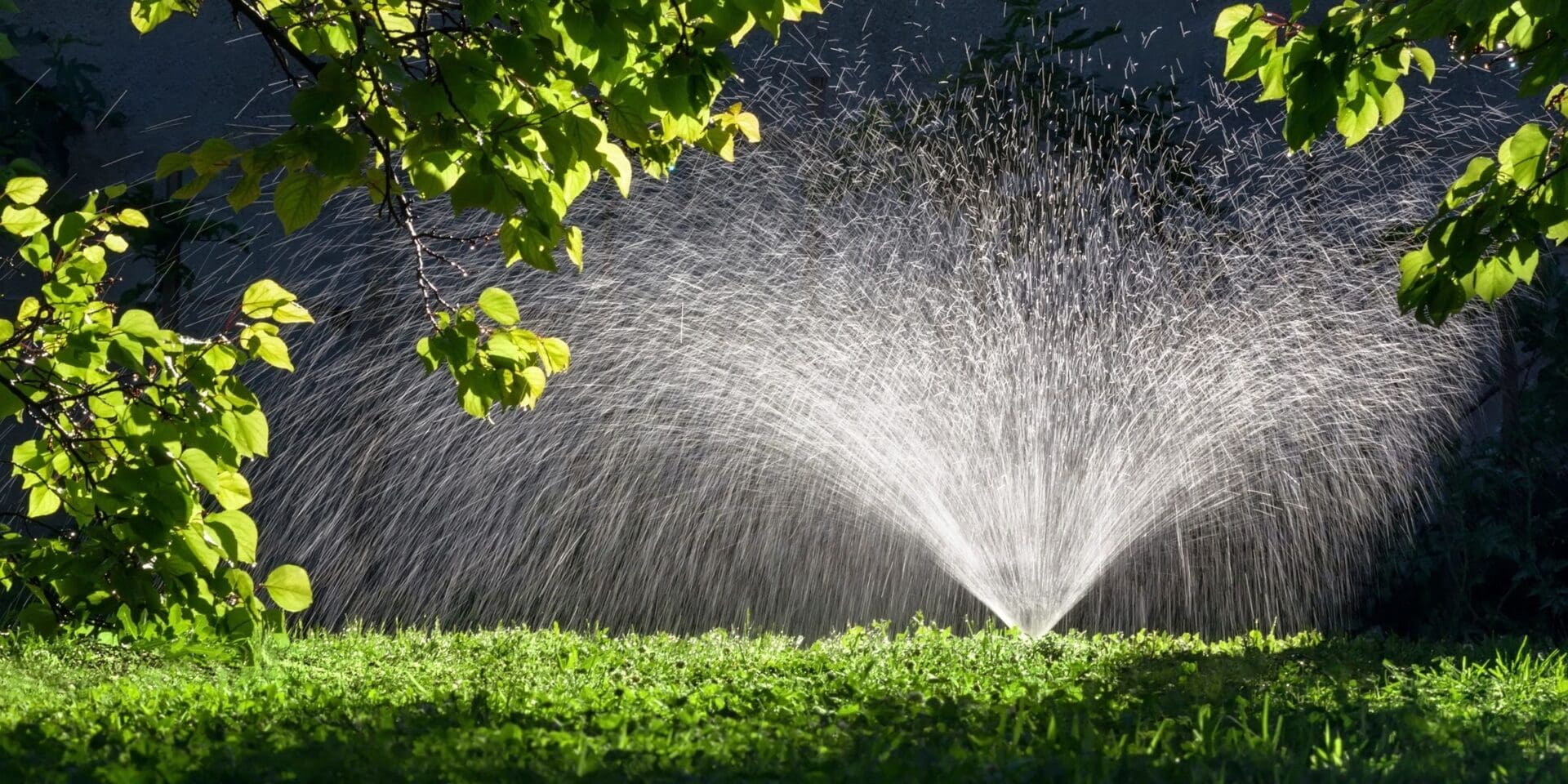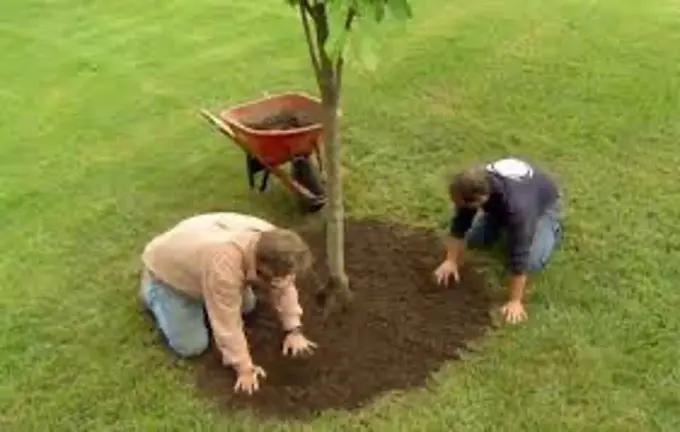Search Posts
Recent Posts
- Rhode Island Weather for June 18, 2025 – Jack Donnelly June 18, 2025
- Johnson & Wales University names Joseph Greene, Providence campus president, to lead major new initiatives June 18, 2025
- To Do in RI: Hospitality employees and Newport Co. residents welcome at free Newport attractions June 18, 2025
- Time for Sour Grapes – June 18, 2025 – with Tim Jones June 18, 2025
- It is what it is: Commentary, 6.18.25 – with Jen Brien June 18, 2025
Categories
Subscribe!
Thanks for subscribing! Please check your email for further instructions.

Transform your property this spring: 7 proven tips on planting trees- John Campanini, RI Tree Council
Transform Your Property This Spring: 7 Proven Tips on Planting Trees
by John Campanini, Technical Director, Rhode Island Tree Council
Spring is a great time to plant trees in New England. Planting in the spring takes advantage of the region’s mild, wet conditions. It also provides saplings with ample opportunity to establish strong root systems before the stresses of summer heat and potential drought.
This early establishment enhances their survival rate and long-term health, enabling them to more effectively contribute to the local ecosystem and provide shade and other advantages in the years to come. The secret to reaping the benefits of trees is planting the right tree using the proper techniques.
Trees Native to New England
Trees native to New England have evolved over hundreds of years. Planting native trees is crucial for several reasons. Native trees provide essential food and shelter for New England’s fauna, are better suited to the local climate and soil, help maintain the unique character and beauty of New England’s landscapes, and support local biodiversity and ecosystem health.

Examples of common native New England trees that thrive in this area include various maples, oaks, and birches. See below:
- Eastern White Pine (Pinus strobus): A tall, majestic conifer with soft, feathery needles, historically significant for timber and providing habitat for various wildlife
- Sugar Maple (Acer saccharum): Known for its vibrant fall foliage and sap used to produce maple syrup, it’s a dominant hardwood in many New England forests.
- Red Oak (Quercus rubra): A fast-growing and long-lived hardwood, this species features distinctive pointed lobes on its leaves and acorns, a vital food source for wildlife.
- American Beech (Fagus grandifolia): Characterized by its smooth, gray bark and elliptical leaves that turn golden in the fall, this beech species produces beechnuts enjoyed by wildlife.
- Paper Birch (Betula papyrifera): Easily recognized by its distinctive white, peeling bark, this medium-sized tree is often found in northern New England and provides food and shelter for wildlife.
- Eastern Hemlock (Tsuga canadensis): An evergreen conifer with short, flat needles and drooping branches, often found in cool, shady areas and providing critical winter cover for wildlife.
- Red Maple (Acer rubrum): A versatile and common maple known for its brilliant red fall color, as well as red flowers in spring and red fruit, thriving in various soil conditions.

Tips on Planting Trees
Below are eight planting tips that will help you plant trees that flourish for decades:
- Pick the right tree—Do your research before you buy a tree. Choose a variety that will thrive in your yard. Consider the tree’s mature size, sunlight needs, soil conditions, and potential hazards like power lines before buying the tree.
- Plant during the dormant season—Early spring or fall is the best time to plant trees in most temperate climates because the trees are dormant and less stressed by the transplanting process.
- Dig a wide, shallow hole—Size matters when it comes to holes. They should be 2-3 times wider than the tree’s root ball but only as deep as the root ball.
- Handle the tree carefully—Avoid damaging the root ball when transporting a tree, which can stress it. Also, water the tree hole thoroughly before transplanting it.
- Position the tree correctly—Make sure the trunk is straight before lowering the tree into the hole. You can use a stake or another person to help you with this. Also, check for root ball alignment.
- Backfill the hole with high-quality topsoil—Fill the hole with the topsoil you set aside when digging. Add it in stages and water thoroughly after each layer, which helps settle the soil. Then, tamp it down lightly.
- Water the tree deeply—Use 2-3 gallons per inch of trunk diameter. So, a tree with a 2-inch diameter trunk would need 4-6 gallons of water. Use a slow trickle of water from a hose or a watering can with a rose attachment.
- Add mulch around the tree’s base—Mulch helps retain moisture, suppress weeds, and regulate soil temperature. Choose organic mulches like shredded bark, wood chips, or compost, which decompose over time, add nutrients to the soil, and improve drainage.
By following the eight tips listed above, you can avoid the common pitfalls in tree planting. This knowledge gives you the information to lay a strong foundation for a robust, healthy tree that transforms your space and boosts your property’s value.
If you need more information about planting the right tree for your property, contact RI Tree at (401) 764-5885. We’ll help you choose a tree that makes sense for you and your property.
John Campanini is the technical director of the Rhode Island Tree Council (RI Tree). A graduate of the University of Rhode Island, he was city forester for Providence for more than twenty years before retiring and joining RITree.
